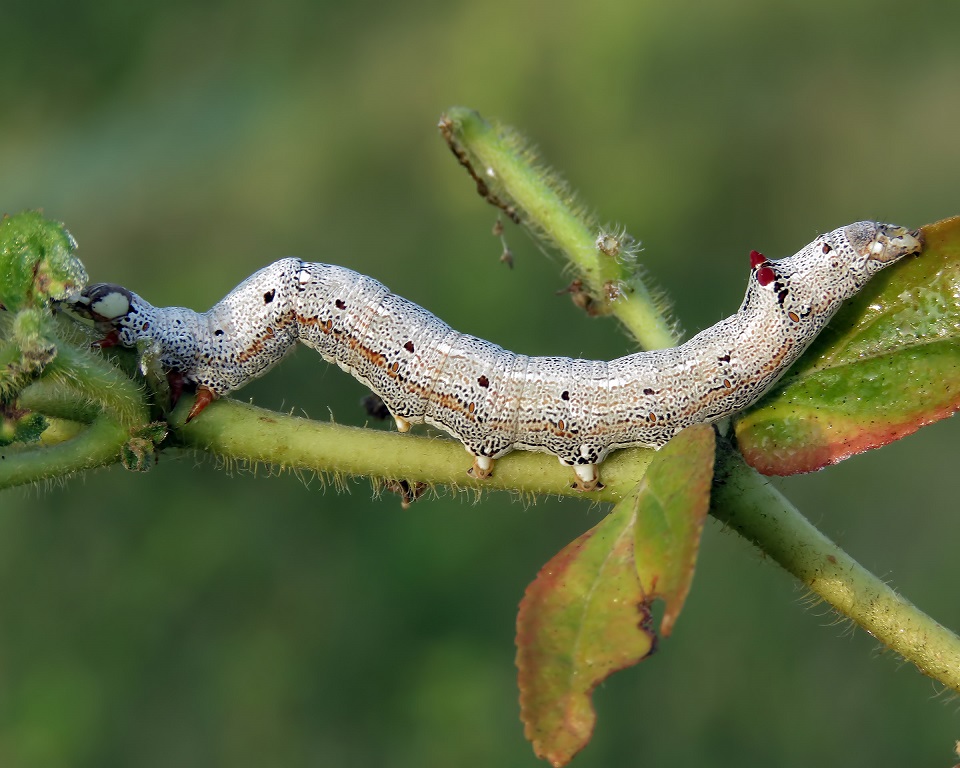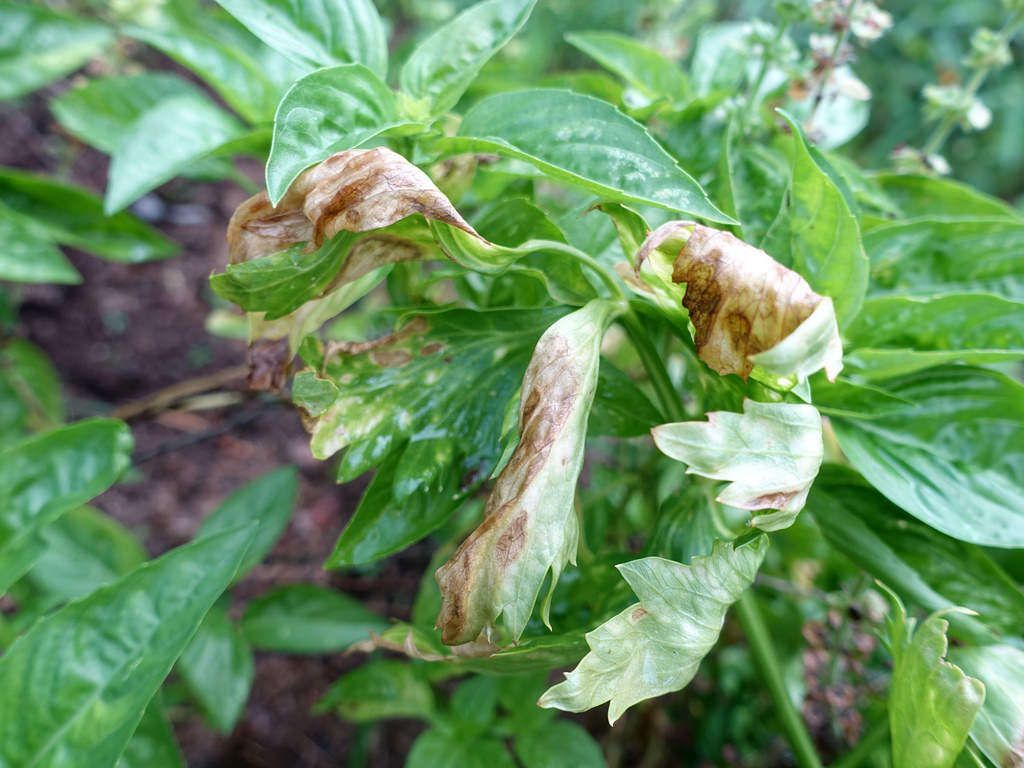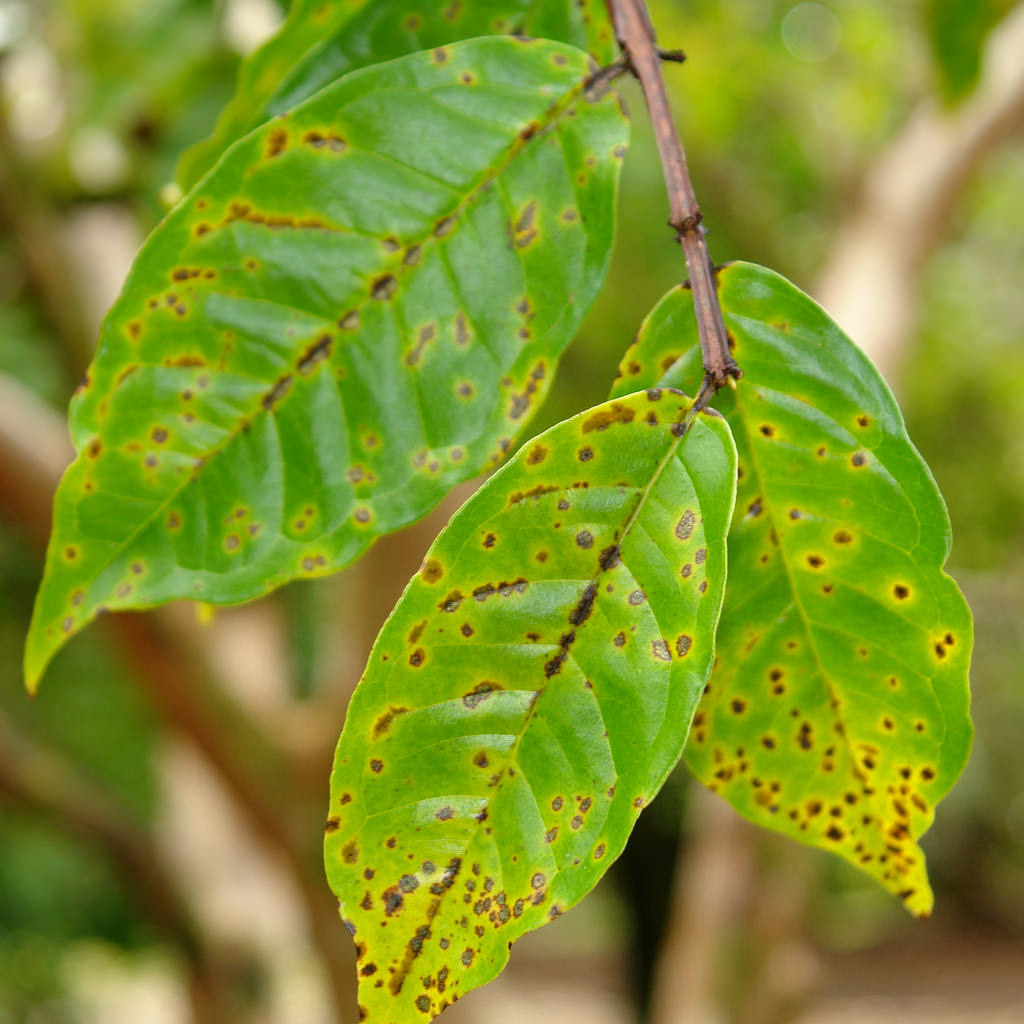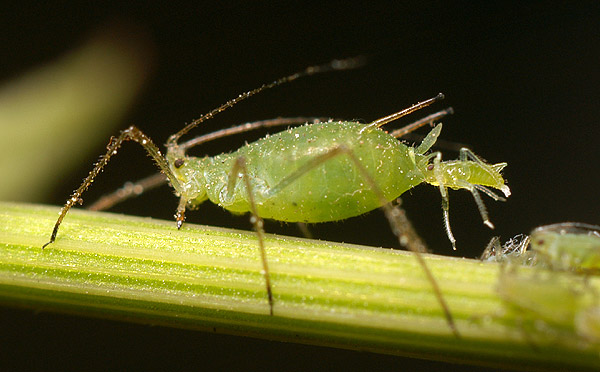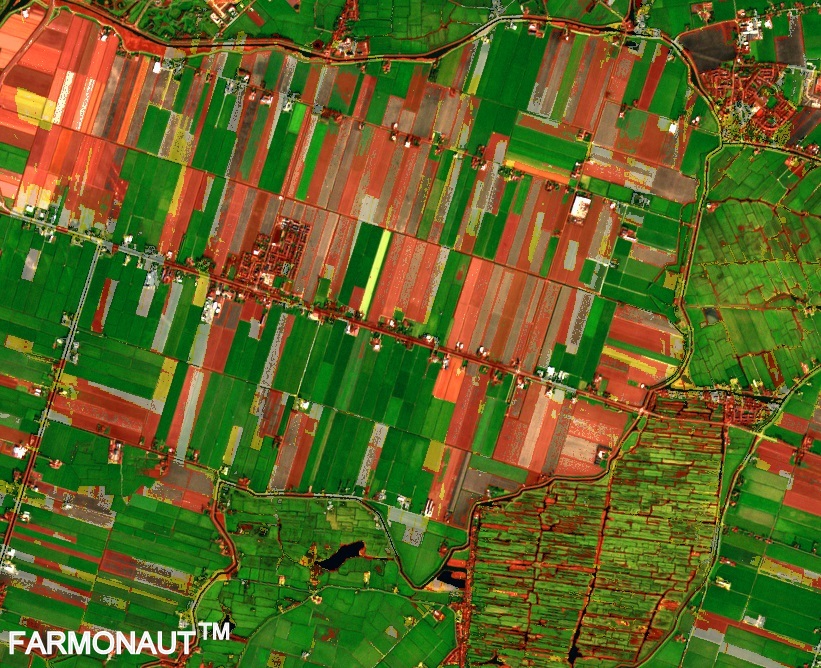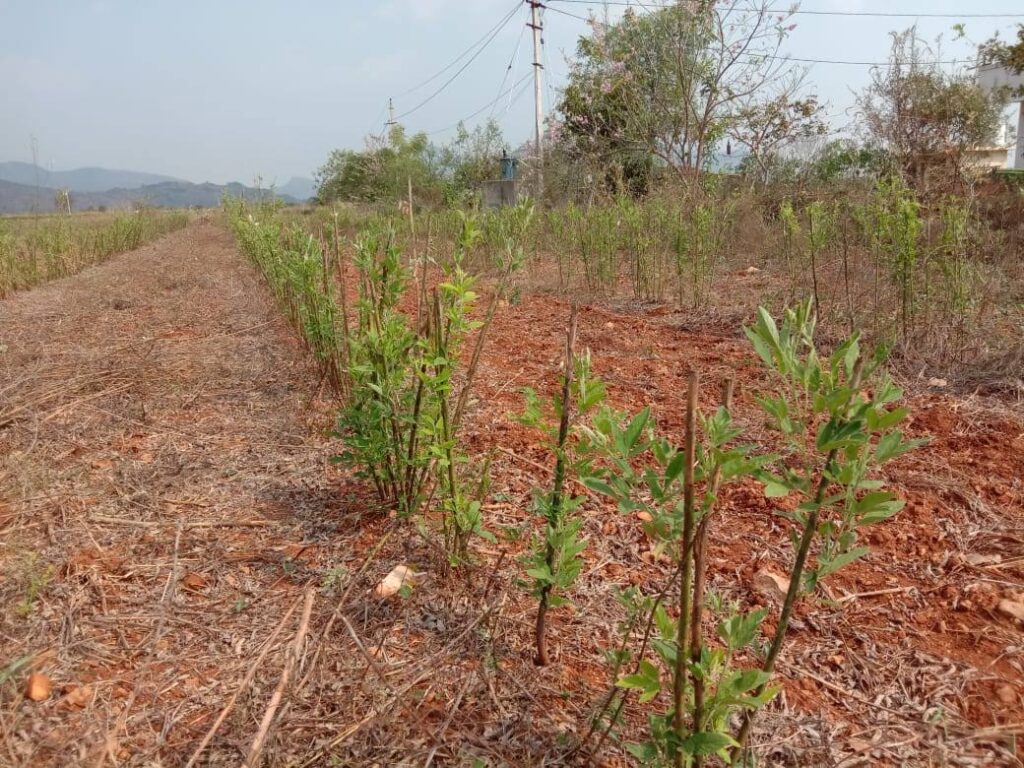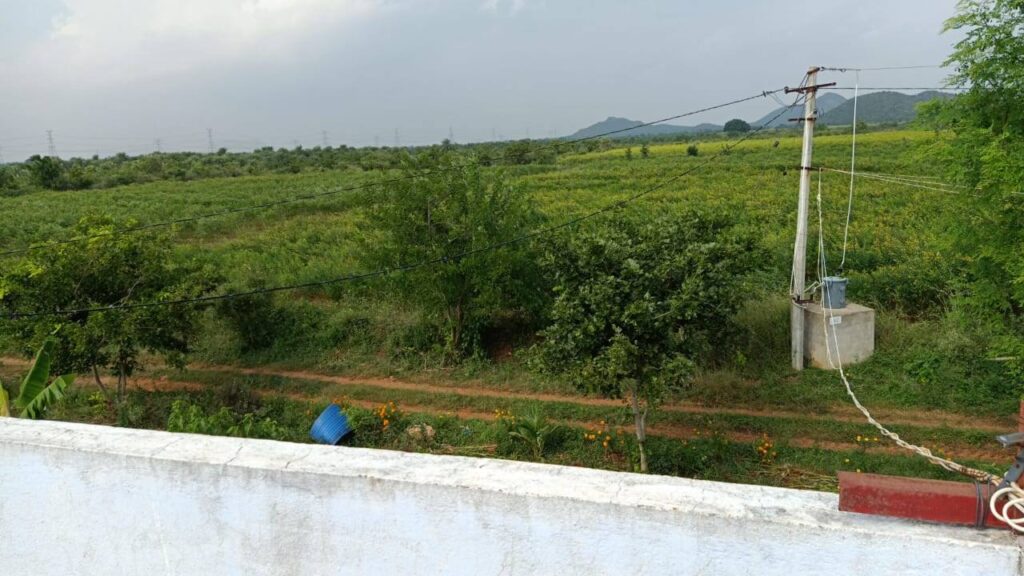Optimal Climatic Conditions for Growing Cotton: A Comprehensive Guide
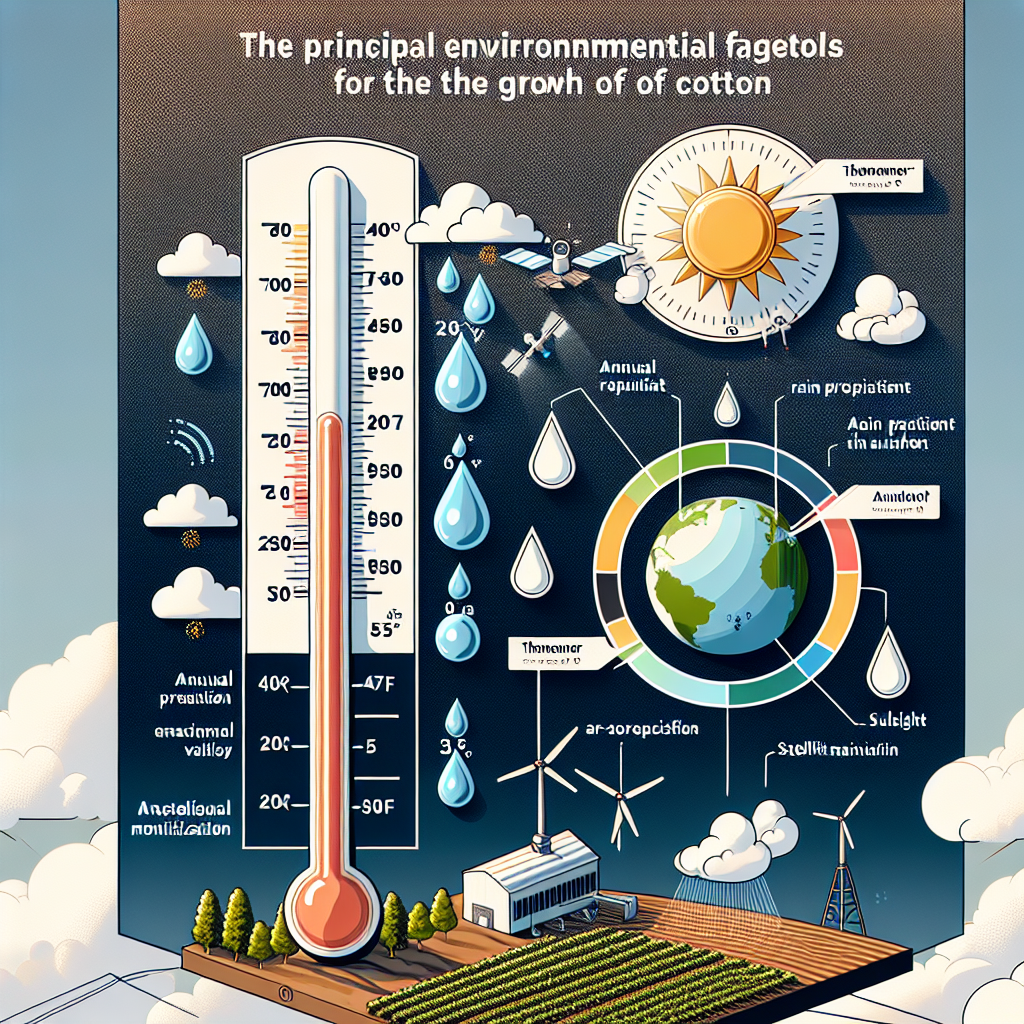
Cotton, a versatile and economically significant crop, has been cultivated for thousands of years across various regions of the world. As agricultural technology experts at Farmonaut, we understand the critical role that climate plays in successful cotton production. In this comprehensive guide, we’ll delve deep into the climatic conditions for cotton cultivation, providing valuable insights for farmers, agronomists, and agricultural enthusiasts alike.
Understanding the Importance of Climate in Cotton Cultivation
Before we explore the specific climatic conditions required for growing cotton, it’s essential to understand why climate is such a crucial factor in cotton production. Climate directly influences:
- Seed germination rates
- Plant growth and development
- Flowering and boll formation
- Fiber quality
- Yield potential
- Pest and disease pressure
By understanding and optimizing these climatic factors, farmers can significantly improve their cotton production outcomes. At Farmonaut, we leverage advanced satellite technology to monitor these conditions in real-time, providing farmers with actionable insights to make informed decisions throughout the growing season.
Key Climatic Factors Affecting Cotton Growth
When considering what climatic conditions are required for growing cotton, several key factors come into play:
1. Temperature
Temperature is perhaps the most critical climatic factor for cotton growth. Cotton is a warm-season crop that thrives in specific temperature ranges:
- Optimal daytime temperatures: 20-30°C (68-86°F)
- Optimal nighttime temperatures: 15-20°C (59-68°F)
- Minimum temperature for germination: 15°C (59°F)
- Maximum temperature tolerance: Up to 35°C (95°F), but prolonged exposure can lead to heat stress
It’s important to note that temperature requirements can vary slightly depending on the cotton variety and growth stage. Our Farmonaut satellite monitoring system can track temperature fluctuations across your fields, alerting you to potential heat stress or cold damage risks.
2. Rainfall and Water Availability
While cotton is relatively drought-tolerant compared to some other crops, consistent water availability is crucial for optimal growth and yield. The ideal rainfall conditions for cotton include:
- Annual rainfall: 500-1500 mm (20-60 inches)
- Distribution: Well-distributed throughout the growing season
- Critical periods: Adequate moisture during flowering and boll formation stages
In regions with insufficient rainfall, irrigation becomes essential. Our satellite-based soil moisture monitoring can help farmers optimize irrigation schedules, ensuring efficient water use while maintaining optimal soil moisture levels for cotton growth.
3. Sunlight and Day Length
Cotton is a photoperiod-sensitive crop, meaning its growth and development are influenced by the duration of daylight. Ideal conditions include:
- Sunlight hours: 12-14 hours per day
- Light intensity: High light intensity promotes better photosynthesis and boll development
Farmonaut’s advanced satellite imagery can provide detailed information on light interception and canopy development, helping farmers identify areas of the field that may be underperforming due to shading or other light-related issues.
4. Humidity
Humidity plays a significant role in cotton growth, affecting both plant development and potential disease pressure:
- Optimal relative humidity: 50-60%
- High humidity concerns: Increased risk of fungal diseases and boll rot
- Low humidity concerns: Potential for increased water stress and reduced pollination efficiency
By monitoring humidity levels through our satellite-based weather data, farmers can anticipate and mitigate potential disease outbreaks or pollination issues.
5. Wind
While often overlooked, wind can significantly impact cotton growth and management:
- Moderate wind: Beneficial for pollination and reducing humidity around plants
- Strong winds: Can cause physical damage to plants, especially during the boll opening stage
- Wind direction: Important for pesticide application and drift management
Our Farmonaut platform integrates wind data into its advisory system, helping farmers plan spraying operations and assess potential risks to their cotton crop.
Regional Variations in Climatic Conditions for Cotton
While we’ve outlined the general climatic conditions for cotton growth, it’s important to recognize that successful cotton production occurs across a wide range of climates worldwide. Let’s explore some of the major cotton-growing regions and their unique climatic characteristics:
1. United States Cotton Belt
The southern United States, known as the Cotton Belt, experiences:
- Long, hot summers with temperatures often exceeding 35°C (95°F)
- Annual rainfall ranging from 500-1000 mm (20-40 inches)
- Growing season of 180-200 days
2. India
As one of the world’s largest cotton producers, India’s cotton-growing regions typically have:
- Monsoon climate with hot, humid summers
- Annual rainfall of 500-1500 mm (20-60 inches), concentrated during the monsoon season
- Temperature ranges from 20-35°C (68-95°F) during the growing season
3. China
China’s diverse climate allows for cotton production in several regions, including:
- Xinjiang: Arid climate with hot summers and cold winters, relying heavily on irrigation
- Yellow River Valley: Continental climate with warm summers and moderate rainfall
- Yangtze River Valley: Subtropical climate with ample rainfall and humidity
4. Australia
Australian cotton production is primarily concentrated in New South Wales and Queensland, characterized by:
- Hot, dry summers with temperatures often exceeding 40°C (104°F)
- Low and variable rainfall, necessitating extensive irrigation
- Long growing season of up to 180-200 days
5. Brazil
Brazil’s cotton-growing regions, particularly in the Cerrado, experience:
- Tropical savanna climate with distinct wet and dry seasons
- Annual rainfall of 1000-1500 mm (40-60 inches), concentrated in the wet season
- Temperatures ranging from 20-30°C (68-86°F) throughout the year
At Farmonaut, our satellite-based monitoring system is adaptable to these diverse climatic conditions, providing tailored insights for cotton farmers across the globe. By leveraging our advanced technology, farmers can optimize their practices to suit their specific regional climate, maximizing yields and quality.
Climate Change and Its Impact on Cotton Production
As we discuss the climatic conditions required for growing cotton, it’s crucial to address the elephant in the room: climate change. The global climate crisis is already impacting cotton production in various ways, and understanding these changes is essential for future-proofing cotton farming practices.
Observed and Projected Impacts of Climate Change on Cotton
- Temperature increases: Rising global temperatures are extending the cotton growing season in some regions while potentially increasing heat stress in others.
- Altered precipitation patterns: Changes in rainfall distribution and intensity are affecting water availability for cotton crops.
- Increased frequency of extreme weather events: More frequent droughts, floods, and storms pose significant risks to cotton production.
- Shifts in pest and disease pressures: Changing climatic conditions are altering the distribution and intensity of cotton pests and diseases.
At Farmonaut, we’re committed to helping farmers navigate these challenges through our advanced satellite monitoring and AI-driven advisory systems. Our technology enables farmers to:
- Track long-term climate trends specific to their region
- Receive early warnings for potential extreme weather events
- Adapt their farming practices based on real-time climate data
- Implement more sustainable and resilient cotton production methods
Optimizing Cotton Production with Farmonaut’s Satellite Technology
Understanding the climatic conditions for cotton is just the first step. To truly optimize cotton production, farmers need access to real-time data and actionable insights. This is where Farmonaut’s advanced satellite-based farm management solutions come into play.
How Farmonaut Enhances Cotton Farming
- Real-time crop health monitoring: Our multispectral satellite imagery provides detailed insights into cotton crop health, allowing farmers to identify and address issues before they impact yield.
- Precision irrigation management: By analyzing soil moisture levels and evapotranspiration rates, we help farmers optimize their irrigation schedules, ensuring efficient water use in cotton production.
- Weather forecasting and alerts: Our system provides accurate, field-specific weather forecasts, helping farmers plan their activities and protect their cotton crops from adverse weather conditions.
- Pest and disease prediction: By integrating climate data with crop health information, we can predict potential pest and disease outbreaks, enabling proactive management strategies.
- Yield estimation: Our AI-powered algorithms can estimate cotton yields based on satellite imagery and historical data, helping farmers and agribusinesses make informed decisions.
To experience the benefits of Farmonaut’s technology for your cotton farm, visit our app or explore our API solutions for custom integration.
Farmonaut vs. Traditional Monitoring Methods
To illustrate the advantages of our satellite-based system over traditional monitoring methods, let’s compare Farmonaut with drone and IoT-based farm monitoring:
| Feature | Farmonaut Satellite System | Drone-based Monitoring | IoT-based Monitoring |
|---|---|---|---|
| Coverage Area | Entire farm and beyond | Limited by flight range and battery life | Limited by sensor placement |
| Frequency of Data Collection | Daily to weekly, depending on satellite pass | As needed, but requires manual flights | Continuous, but only at sensor locations |
| Data Processing Time | Near real-time with AI processing | Requires manual processing and analysis | Real-time, but limited to sensor data |
| Initial Investment | Low, subscription-based | High, requires equipment purchase | Moderate to high, depending on farm size |
| Maintenance | None required by farmer | Regular maintenance of drones | Sensor maintenance and replacement |
| Weather Resistance | Not affected by on-farm weather conditions | Limited by wind and precipitation | May be affected by extreme weather |
| Scalability | Easily scalable to any farm size | Challenging for large farms | Requires additional sensors for scaling |
Best Practices for Managing Cotton in Various Climatic Conditions
Now that we’ve explored the climatic conditions required for growing cotton and how Farmonaut can help monitor these conditions, let’s discuss some best practices for managing cotton crops in different climate scenarios:
1. Hot and Dry Conditions
- Implement efficient irrigation systems, such as drip irrigation
- Use mulching to conserve soil moisture
- Consider heat-tolerant cotton varieties
- Monitor for heat stress and adjust management practices accordingly
2. Humid Conditions
- Ensure proper plant spacing to improve air circulation
- Implement fungicide programs to prevent disease outbreaks
- Monitor for boll rot and adjust harvest timing if necessary
- Consider defoliation to improve harvest conditions
3. Areas with Variable Rainfall
- Implement water conservation practices, such as rainwater harvesting
- Use drought-tolerant cotton varieties
- Adjust planting dates based on rainfall predictions
- Utilize Farmonaut’s soil moisture monitoring to optimize irrigation
4. Regions with Short Growing Seasons
- Choose early-maturing cotton varieties
- Implement techniques to warm the soil for earlier planting
- Use growth regulators judiciously to manage plant development
- Monitor growing degree days to predict crop development stages
By combining these best practices with Farmonaut’s advanced monitoring capabilities, cotton farmers can optimize their production regardless of their specific climatic challenges. Our system provides real-time data on crop health, soil moisture, and weather conditions, enabling farmers to make informed decisions throughout the growing season.
The Future of Cotton Farming in a Changing Climate
As we look to the future, it’s clear that successful cotton production will require a deep understanding of climatic conditions for cotton growth, coupled with advanced technology to monitor and respond to these conditions. At Farmonaut, we’re committed to driving innovation in this space, developing new tools and insights to help cotton farmers thrive in an ever-changing climate.
Emerging Technologies and Practices
- Climate-resilient cotton varieties: Development of cotton varieties better adapted to extreme temperatures and variable rainfall
- Precision agriculture: Integration of AI, machine learning, and satellite data for hyper-localized crop management
- Sustainable water management: Advanced irrigation systems and water recycling technologies to conserve water resources
- Carbon sequestration: Practices to increase soil organic matter and carbon storage in cotton fields
- Integrated pest management: Advanced monitoring and biocontrol methods to reduce chemical pesticide use
Farmonaut is at the forefront of these innovations, continually updating our platform to provide cotton farmers with the most advanced and effective tools for climate-smart agriculture.
Conclusion
Understanding and optimizing the climatic conditions required for growing cotton is crucial for successful and sustainable cotton production. From temperature and rainfall to humidity and wind, each climatic factor plays a vital role in the cotton plant’s growth and development. As climate change continues to impact agriculture worldwide, the ability to monitor and respond to these conditions in real-time becomes increasingly important.
At Farmonaut, we’re dedicated to empowering cotton farmers with the tools and insights they need to thrive in this dynamic environment. Our satellite-based monitoring system, AI-driven analytics, and comprehensive farm management platform provide a powerful solution for optimizing cotton production in any climate.
We invite you to explore how Farmonaut can transform your cotton farming operations. Visit our website to learn more about our services, or download our app for iOS (App Store) or Android (Google Play). For developers interested in integrating our powerful API into their own applications, check out our API documentation.
Together, we can build a more resilient and productive future for cotton farming, no matter what climatic challenges lie ahead.
FAQs about Climatic Conditions for Cotton Growth
- Q: What is the ideal temperature range for cotton growth?
A: The optimal temperature range for cotton growth is between 20-30°C (68-86°F) during the day and 15-20°C (59-68°F) at night. - Q: How much rainfall does cotton need?
A: Cotton typically requires 500-1500 mm (20-60 inches) of annual rainfall, well-distributed throughout the growing season. - Q: Can cotton tolerate drought conditions?
A: While cotton is relatively drought-tolerant compared to some crops, prolonged drought can significantly impact yield and fiber quality. Irrigation is often necessary in low-rainfall areas. - Q: How does humidity affect cotton growth?
A: Optimal relative humidity for cotton growth is around 50-60%. High humidity can increase disease pressure, while low humidity can cause water stress and pollination issues. - Q: What role does sunlight play in cotton production?
A: Cotton requires 12-14 hours of sunlight per day for optimal growth. High light intensity promotes better photosynthesis and boll development. - Q: How is climate change affecting cotton production?
A: Climate change is impacting cotton production through rising temperatures, altered precipitation patterns, increased frequency of extreme weather events, and shifts in pest and disease pressures. - Q: Can Farmonaut’s technology help me manage climate-related risks in cotton farming?
A: Yes, Farmonaut’s satellite-based monitoring system provides real-time data on crop health, soil moisture, and weather conditions, helping farmers adapt to changing climatic conditions and mitigate risks. - Q: How does wind affect cotton growth?
A: Moderate wind can be beneficial for pollination and reducing humidity around plants. However, strong winds can cause physical damage, especially during the boll opening stage. - Q: What are the best practices for growing cotton in hot and dry conditions?
A: In hot and dry conditions, implement efficient irrigation systems, use mulching to conserve soil moisture, consider heat-tolerant varieties, and monitor closely for heat stress. - Q: How can I access Farmonaut’s services for my cotton farm?
A: You can access Farmonaut’s services by visiting our website, downloading our mobile app, or integrating our API into your existing farm management systems. We offer flexible subscription plans to suit farms of all sizes.
For more information on how Farmonaut can help you optimize your cotton production based on climatic conditions, please don’t hesitate to contact us or explore our subscription options below:



